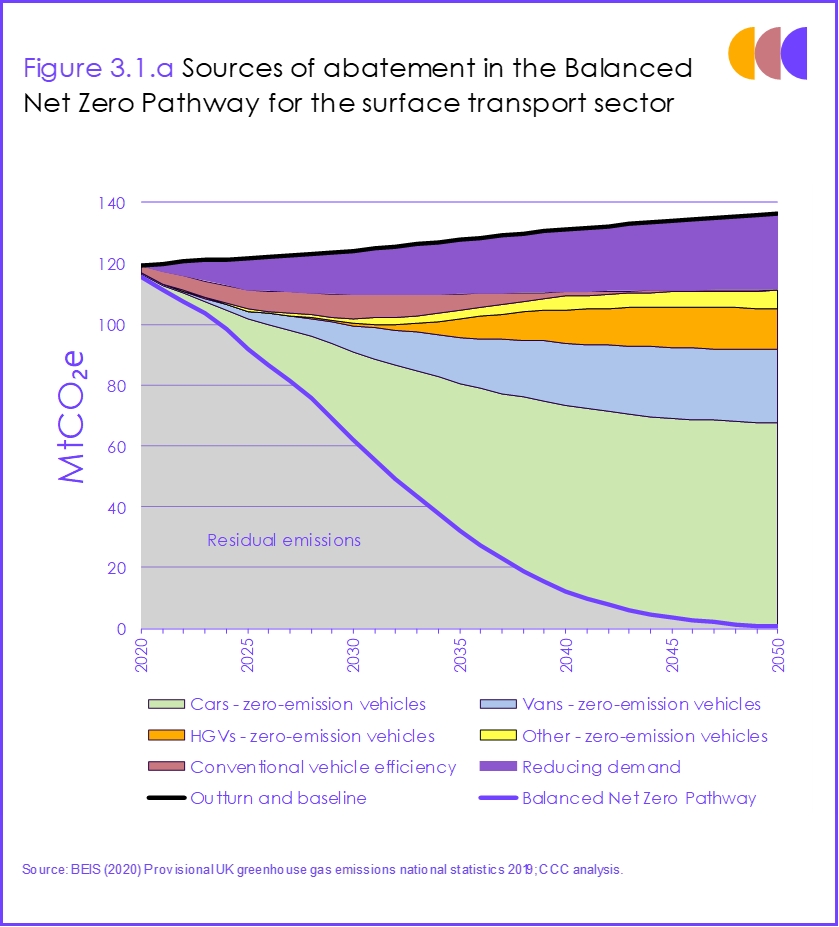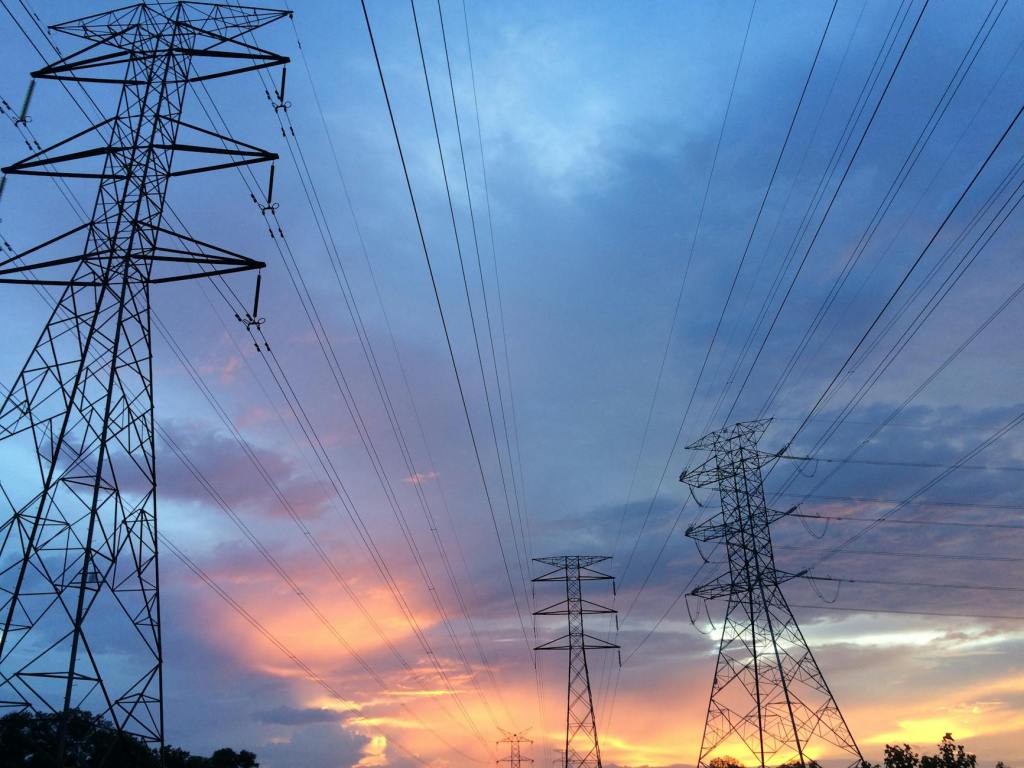Good day my good friend.
This last weekend was just what the doctor ordered – a weekend when I actually got to put my feet up. Dog walks in the morning, a bit of cleaning, before putting my feet up and reading a book or playing video games in the afternoon. You cannot underestimate the value of simply switching off for a while. Especially when the rest of your life is so full on.
If you like this newsletter, please share it with someone else who you think will love it. The main way my audience grows is through your recommendations. I will love you forever if you do. 😃
I have co-authored a book on Mobility-as-a-Service, which is a comprehensive guide on this important new transport service. It is available from the Institution of Engineering and Technology. 📕
⚡ Transport planners need to start understanding energy
What do you know about electricity? You probably know from what sources electricity is generated. You probably know who your energy supplier is, and its likely you will have heard of National Grid. You may even know what ESO and DNO stands for. But probably not much outside of that, I’m guessing. If you want a very quick primer, this is a good one.
Transport needs to rapidly electrify itself. The UK’s Climate Change Committee set this out starkly in its Sixth Carbon Budget sets out that well over half of the decarbonisation that transport needs to undertake is through electrification of the vehicle fleet. I mean, it really needs to get a wiggle on with this, because the climate is not exactly waiting for us any longer.

Sources of abatement for the Balanced Net Zero Pathway for the surface transport sector (Source: Climate Change Committee)
At the same time, the energy system is effectively turning itself inside out. The majority of power has traditionally come from old coal-fired power stations, nuclear, gas power stations, and a bit of oil. But now, coal is all-but gone, nuclear plants are coming to the end of their operational life, offshore wind and solar have exploded, and nearly a fifth of the UK’s energy is imported through undersea electricity cables and gas imports.
This radical shift is a very good thing. Through this and actually reducing demand for electricity, the UK is decarbonising its energy grid and quickly. Yet the connection between this radical change, and the implications on transport planning are often poorly understood.
The most notable interface is the roll out of electric vehicle charging infrastructure. I am sure that many readers will know the experience well. A local council wins funding to install electric vehicle charging infrastructure. They do all of the necessary highway works and approvals needed, but then the local DNO (Distributed Network Operator) or UK Power Networks comes along and says that the local substation does not have the capacity, and an upgrade is needed.
The problem here is that the UK’s electric vehicle strategy is mainly supply led. We need to have electric vehicles, therefore we must supply the charging points. But the other side of this equation is demand, and its not total demand either. It is about the variability of this demand on the electricity system which does not react well to there being more demand than supply (as most of the South East found out in August 2019).
The Green Finance Institute put this well in its critique of focussing on utilisation when it comes to judging the success of EV charging points. Yes, this is important from a commercial standpoint, but simply building more charging points and maximising their utilisation does not reflect the demand for their use.
For example, lets take winter. During winter, electric vehicles need to charge more, primarily because the occupants quite like the heating on in cold weather. This means that during a cold snap, demand for electric vehicle charging can jump by around 20%. Such times also tend to be hard for renewable energy to generate electricity in large amounts.
Another example is in variable charging to reflect demand on the network. Research from Canada has shown that people are very sensitive to price when it comes to charging their cars. If you make it cheap (for example, overnight), people will charge then.
If we are not careful, what will result is a situation where transport planners will be attempting to build for a demand level that will not be achieved, as the energy industry is trying to manage said demand down through incentives. Resulting in a lot of wasted infrastructure and resources.
As I see it, there are two immediate opportunities for us transport planners to work on in the coming years:
- Work together to deliver combined infrastructure investment packages by installing EV charging points alongside capacity enhancements in the energy system. Thus creating the demand in areas where a rate of return is likely to be high for energy companies and chargepoint operators, and in locations with high growth potential for EVs
- Create incentive structures that seek to influence both charging and travel behaviours through charging tariffs. This could look at, for example, providing low (or even negative) charges where grid capacity is high and demand for travel on the highway network is high (thus encouraging charging behaviour), and exploring the degree of sensitivity for different groups.
Transport has long sought to undertake integrated land use and transport planning. Maybe its time to look towards land use, transport, and energy planning as an integrated whole.
👩🎓 From academia
The clever clogs at our universities have published the following excellent research. Where you are unable to access the research, email the author – they may give you a copy of the research paper for free.
Household mobility and the political economy and welfare effects of local tax limits
TL:DR – Turns out, taxes have really strange economic and social impacts.
Dynamic vehicle routing problem with drone resupply for same-day delivery
TL:DR – Another paper that looks to make efficient use of vehicles for delivery purposes.
Locating charging infrastructure for freight transport using multiday travel data
TL:DR – By using GPS data, you can optimally locate electric vehicle charging infrastructure.
Assessing the inequality of park’s contributions to human wellbeing in Shanghai, China
TL:DR – The benefits of parks are not equal.
✊ Awesome people doing awesome things
The transport sector is safety led. Almost to a fault. Especially when risks from certain modes of transport are largely tolerated, while risks from others are studied in extreme detail before anything is done. So, well done to the Vancouver Park Board, who looked at allowing e-scooters and e-bikes to use cycle paths, saw there was little data, and thought ‘you know what, its probably going to be fine’ and allowed them to use said paths. More people need to do this.
📺 On the (You)Tube
There are more people on bikes than people in cars in Paris. And this kind of thing is the reason why.
🖼 Graphic Design

A long term timeline of technology (Source: Our World In Data)
We tend to overestimate the impacts of technological change in the short term, and underestimate their impacts over the longer term. This graphic from Our World in Data shows this perfectly. This is why you should not underestimate technology.
📚 Random Things
These links are meant to make you think about the things that affect our world in transport, and not just think about transport itself. I hope that you enjoy them.
- What is ‘lived experience’? (aeon)
- It’s impossible to be neutral about Taylor Swift (Vox)
- How does climate change drive human migration? (Carbon Brief)
- Is the Internet the Enemy of Progress? (The New York Times)
- Advice for the Unmotivated (Harvard Business Review)
📰 The bottom of the news
When digging up an old fort, there are many things you expect to find. Maybe some old pottery. A lot of mud, obviously. But how about a 100 year old train car from the London North Eastern Railway? That’s strange anyway, but the fact that it was found in Belgium is something else entirely.
👍 Your feedback is essential
I want to make the newsletter better. To do this, I need your feedback. Just fill in the 3 question survey form by clicking on the below button to provide me with quick feedback, that I can put into action. Thank you so much.




